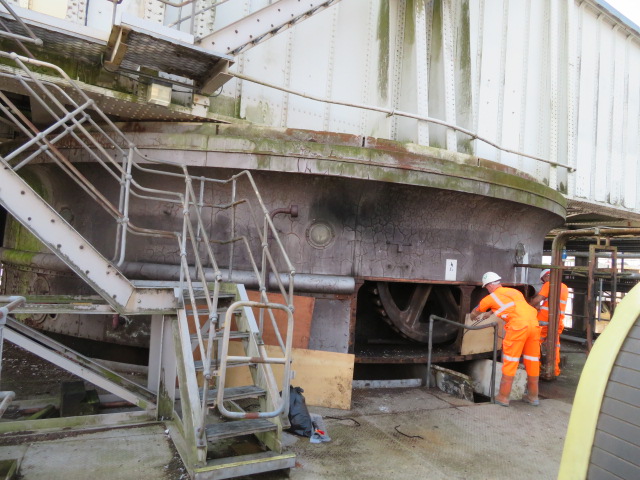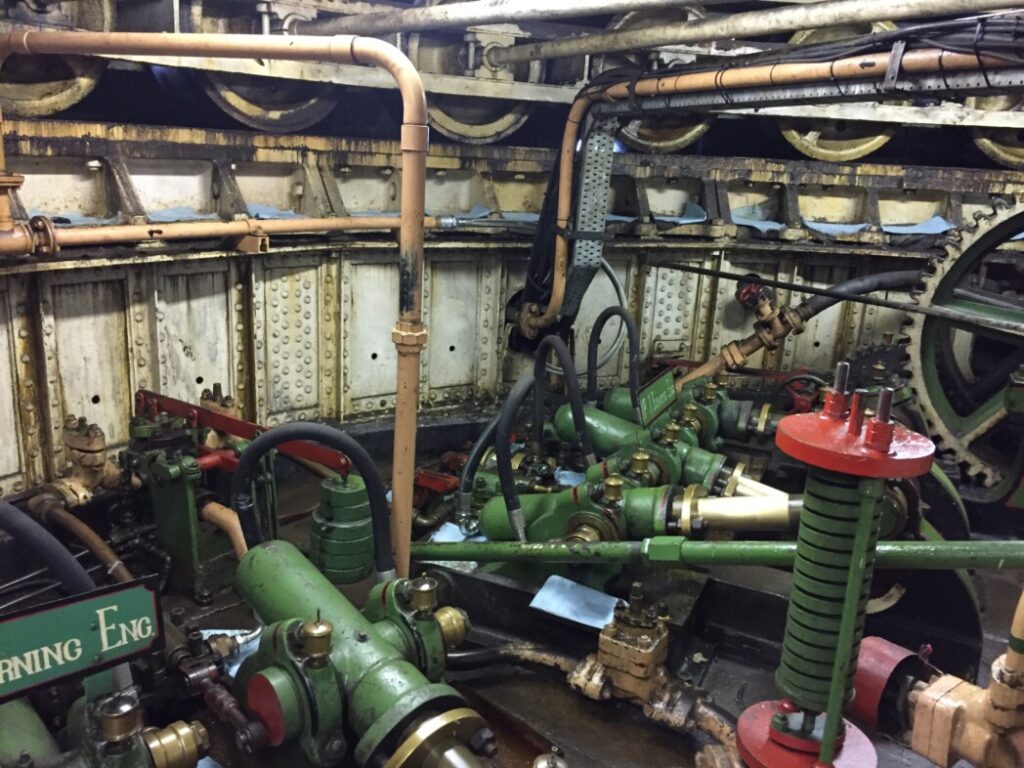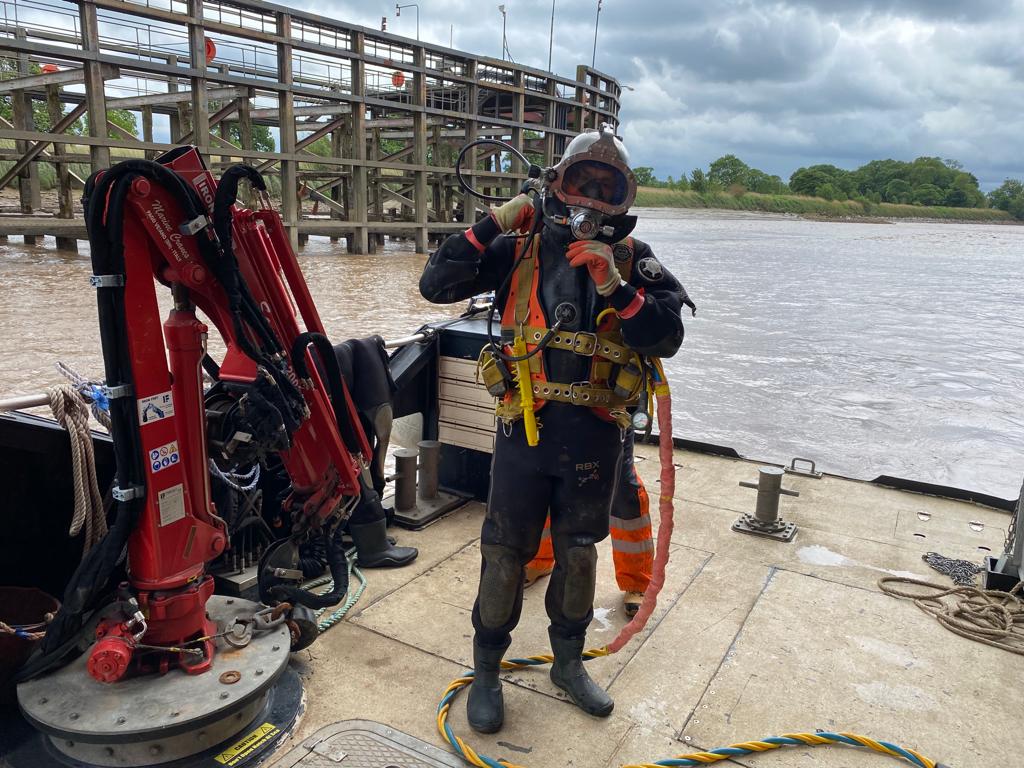
Adapting Ancient Military-Style Engineering In Goole
27/03/2023 - posted in Bridges, HBPW News, Innovation, Inspections, Marine, Rail, UncategorisedAn ancient ‘barbette’, traditionally used as a protective circular armour support on heavy gun turrets, has been preoccupying HBPW engineers as they meet the challenges of working on one of the UK’s oldest Victorian river structures.
The Grade II listed Goole Swing Bridge, also known as Skelton Viaduct, or the Hook bridge, is a large multi-span hogback plate girder bridge with swing span over the River Ouse. It carries a double-track railway, consists of four fixed spans, one central swing span and a smaller fifth fixed span
Originally designed by Thomas Elliot Harrison for the Hull and Doncaster Branch of the North Eastern Railway in 1869, it is now undergoing a schedule of work that has involved three HBPW team members: Engineers Paul Jacklin and Tom Flint, along with engineering technician, Jonathan Bent.
Tom takes up the story: “We’ve been working with Contractor, AmcoGiffen on numerous repair and refurbishment works over the years, and they are now leading on the wider electrical scheme at Goole where our job has been to deliver the ancillary design work to support their installation of electrification and plant equipment on the bridge.
“This has included new pedestrian walkways to facilitate better access to cable trays and associated equipment, along with new bracketry for notification lighting around the fenders, which serve as a warning to ships approaching the bridge.”
However, Jonathan Bent, had one of the biggest challenges when he was asked to create ‘panel access’ to the original barbette which is made up of 20 ‘early steel’ panels and acts as a protector to the bridge turning gear, still working perfectly after more than 150 years.
“Traditionally the barbette has been by-passed via descending ladder which has enabled engineers to access vital engineering components within the circular steel structure, from above. However, we were asked if we could improve on this with external ‘side on’ panel access.”
Currently planners are considering an option that could see the installation of four removeable lighter weight steel ‘half panels’. They will report back over the coming weeks.
Meanwhile, Associate Paul Jacklin, has carried out a Condition Survey to the structure on behalf of owners, Network Rail, engaging the services of Hull-based underwater experts, Northern Divers to check out three of the five supporting bridge piers.
“We have also had rope access teams checking the structure above water level and, whilst a formal report has been issued to Network Rail, I think it is fair to say that Thomas Elliot Harrison got it pretty much right first time round. His work is robust!”
Client: Network Rail
Contractor: AmcoGiffen




